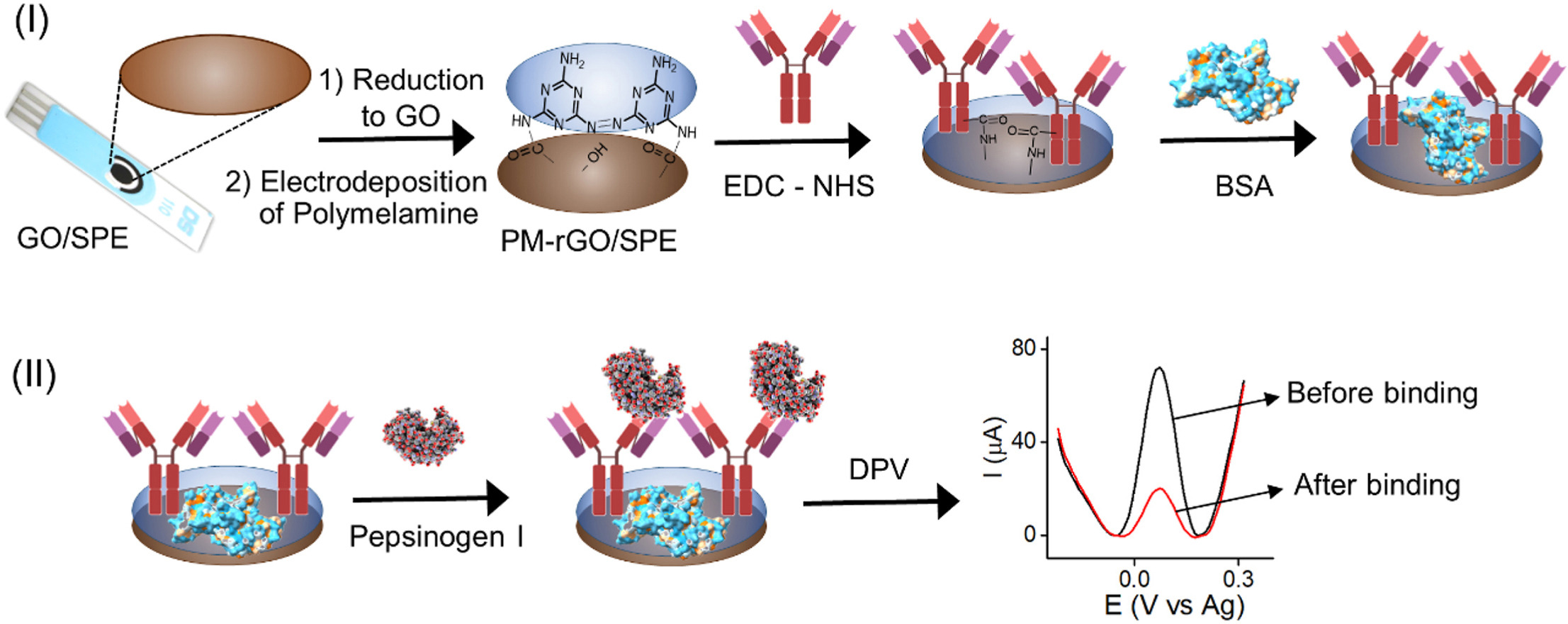Dr. Shimaa Eissa joined Khalifa university in August 2022 as an assistant professor. Shimaa obtained her PhD in the Science of Energy and Materials from the Universite du Quebec, INRS-EMT Centre, Varennes, Quebec, Canada in 2015. Her studies were focused on the development of electrochemical biosensors for foodborne contaminants exploiting aptamers as novel biorecognition receptors as well as graphene nanomatrials as transduction elements. She was a visiting researcher at Universite du Quebec a Montreal (UQAM) for 2 years, where she gained more insight on the effect of graphene materials preparation methods on their structural properties and consequently their biosensing performance. In 2016, she joined the Chemistry Department, Alfaisal University, Riyadh KSA as an assistant research professor and then was promoted to associate research professor in 2022. Shimaa received several awards including the L'Oreal-UNESCO "For Women In Science"-Middle East award, 2016 for her project on “Developing aptamer-based biosensors for the detection of glycated hemoglobin on human whole blood” which recognizes outstanding four women scientists in Middle East region for their contributions across different disciplines of science. In 2022, Shimaa was elected as a memeber of the Arab-German Young Academy of Sciences and Humanities (AGYA). Dr. Shimaa's name was included in Stanford University’s “World’s Top 2% Scientists Ranking“ in 2019, 2020, 2021 and 2022.

we reported a novel cotton-tipped electrochemical immunosensor for the detection of severe acute respiratory syndrome coronavirus 2 (SARS-CoV-2) virus antigen. Unlike the reported approaches, we integrated the sample collection and detection tools into a single platform by coating screen-printed electrodes with absorbing cotton padding. This work is published in Analytical chemistry (2020) 93 (3), 1826-1833

The tediousness and high cost of the conventional selection process of aptamers remain major challenges that limit their widespread use. To overcome these limitations, here we designed a new electrochemical SELEX platform that enables a rapid, efficient, and cost-effective enrichment method for the identification of aptamers, particularly against the small molecule, 11-Deoxycortisol hormone. This work is published in ACS Appl. Bio Mater. 2019, 2, 6, 2624–2632

A novel electrochemical biosensor is reported for simultaneous detection of two of the most common food-borne pathogens: Listeria monocytogenes and Staphylococcus aureus. Taking advantage of the proteolytic activities of the protease enzymes produced from the two bacteria on the specific peptides, the detection was achieved in 1 min. This work is published in Microchimica Acta volume 187, Article number: 486 (2020).

We investigated the direct effect of GO sheets sizes on biosensor performance. As proof of concept, the sensing performance of these GO samples was probed using a well-known ssDNA aptasensor against microcystin-LR toxin and an immunosensor against β-lactoglobulin. Published in Scientific Reports volume 10, Article number: 13612 (2020)

The development of biosensor to monitor PG I overexpression in serum is crucial for early gastric cancer diagnosis, offering a less invasive alternative to the costly and uncomfortable gastroscopy procedure. This study presents a cost-efficient, scalable and disposable label-free biosensing strategy for detecting PG I, utilizing a redox-active polymelamine electrodeposited on a reduced graphene oxide screen-printed electrode surface (PM-rGO/SPE). Published in Talanta Volume 270, 1 April 2024, 125549
We are looking for a highly motivated postdoctoral researcher with a strong background in the development of Electrochemical biosensors/ synthesis and characterization of nanomaterials /or aptamer selection.